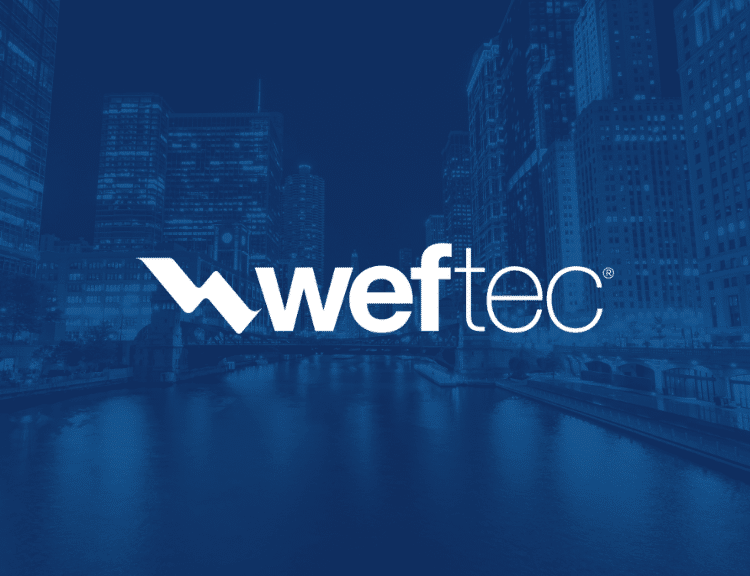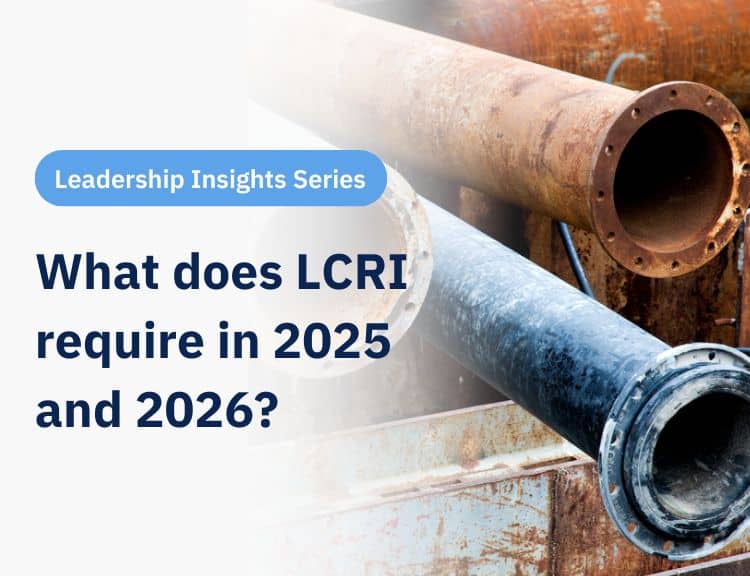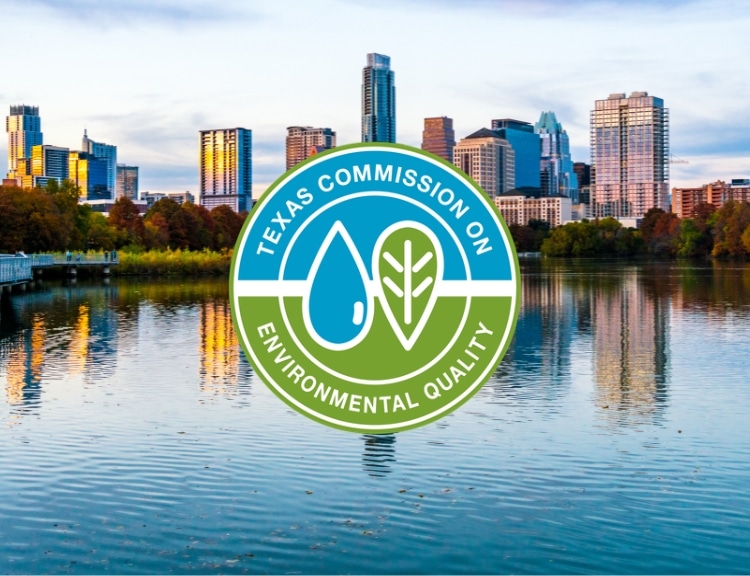With the arrival of the EPA’s Oct 16 deadline for initial Service Line Inventories and the release of the new Lead and Copper Rule Improvements (LCRI), water systems are now required to create a replacement plan for their lead service lines (LSLs) and galvanized-requiring-replacement (GRR) lines.
LSL/GRR replacement is a daunting, expensive, yearslong project for many water systems. While we, of course, strongly encourage a data-driven approach to planning, you can’t make a replacement plan using data alone. There are key strategic decisions to make in order to ensure compliance and effectively use your data to plan the best, most efficient replacement plan for your specific needs.
Let’s explore 7 key strategic questions to get you started thinking about your replacement planning needs and priorities:
1. How am I managing my unknowns?
You cannot begin replacement planning in a meaningful way without first making a plan to identify service line materials for all lines classified as “unknown” in your inventory. Without addressing your unknowns, you do not know the full scope of your lead/GRR burden, nor do you have a clear picture of where exactly you’ll need to dig to replace your LSLs. And for the purposes of compliance, unknowns are treated as presumed lead until classified otherwise, greatly increasing the ongoing burden and requirements of LCRI compliance. Broadly, you’ll have to decide what method(s) you’ll use for identifying unknowns (ex, predictive modeling, statistical methods, physical verification).
2. What are my replacement priorities?
For known or likely LSLs/GRRs, you’ll have to decide how to prioritize replacement. Public health impact, such as the presence of children or elderly populations, is critical here. But there are many other factors to also consider such as environmental justice indicators, political realities, other ongoing infrastructure projects, and contractor availability and access.
3. How am I balancing between unknown management and replacement priorities?
The LCRI timeline for both unknown management and LSL/GRR replacement is 10 years (2027-2037). So how will you decide what to tackle and when? Focusing on unknown management first can help guide replacements down the road, but spending too many resources on unknown identification up-front can take time and resources away from known LSL/GRR replacement, especially in the first few years, leaving lead in the ground longer for your community.
4. How will I optimize my replacement plan?
To effectively balance across all of your replacement priorities, as well as unknown management, you’ll have a strategy for optimizing your replacement plan to ensure it meets your goals. Optimization can be defined differently for different water systems. For example, optimization could mean completing all of your lead service line replacements as quickly as possible, maximizing the number of successful replacements within a set budget, minimizing the time/resources needed for unknown management, etc. Once you define optimization for your system, you’ll need to make sure you have the right people and tools to effectively do the work of optimizing your plan.
5. How will my replacement plan adjust based on new data?
As you begin working on replacements, your replacement plan will become non-optimized and out-of-date. Why? Because you’ll have as you have new data and knowledge available for planning, including new data about service line materials verified and/or replaced. While some water systems may choose to have a one-and-done static replacement plan that goes out of date as new information becomes available, we strongly recommend putting in place software tools and processes to manage ongoing data updates so you have the ability to continually reassess and re-optimize next steps for replacement planning.
6. How will the replacement plan interact with my data source-of-truth and asset management system?
In addition to using new data for ongoing replacement plan adjustments, the LCRI requires the submission of annual service line inventory updates. Most water systems use different tools to manage their inventory and their field work. You need a plan for how your inventory and asset management / work order management tools will talk to each other to ensure that updated data gathered from the field can be easily and quickly integrated into your existing inventory data.
7. How will I communicate and justify replacement planning decisions to stakeholders?
Replacement planning cannot be done in a vacuum. It requires trust and buy-in from a wide range of stakeholders including local residents, city council, water system leaders, and more. In addition to the LCRI’s requirements for public communication plans, you’ll also need a strong internal communications plan to keep your team and stakeholders aligned and focused throughout the long-term project of LSL/GRR replacement.
There is no one-size-fits-all approach to LSL replacement planning. Your data and priorities are unique and the best, most optimized replacement plan must be created with these hyper local needs in mind.
Taking the time to think through your replacement strategy up front will set you up for success and ensure you have the data, tools, processes, and stakeholder engagement needed to successfully manage and complete your LSL replacement project compliantly, efficiently, and with strong community buy-in.
Interested in learning more about LSL replacement planning and how BlueConduit can help? Sign up for upcoming resource & product announcements here!






